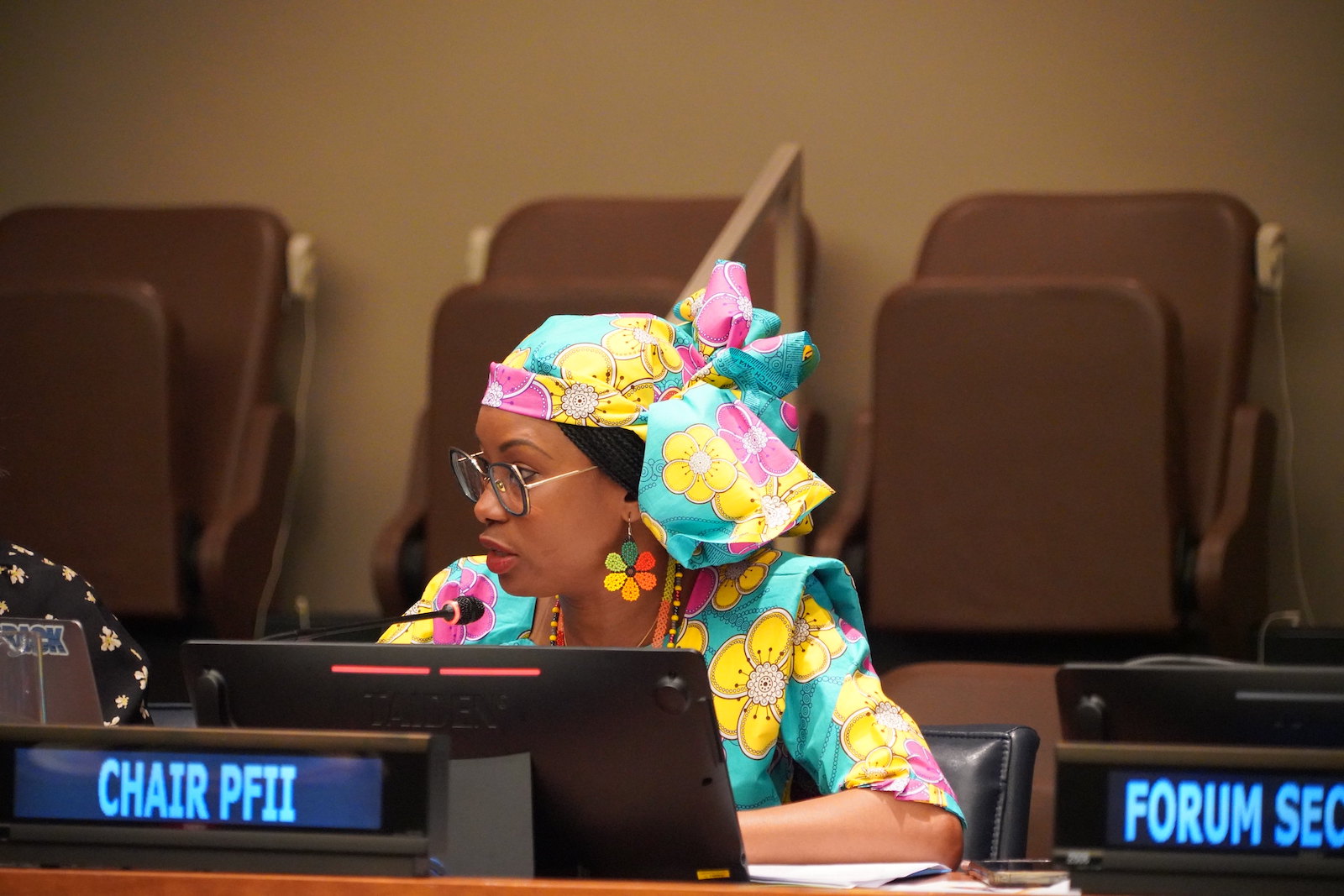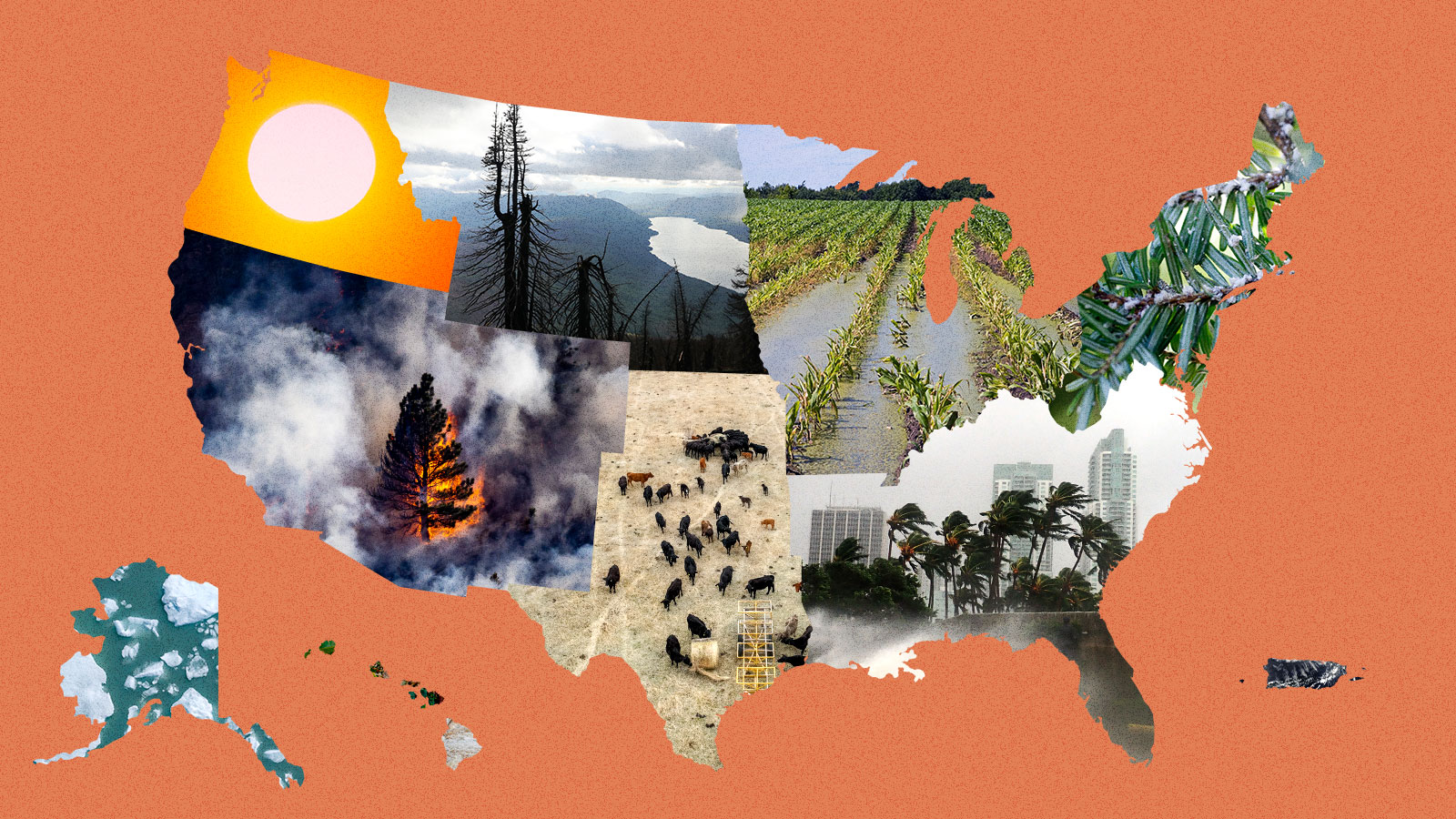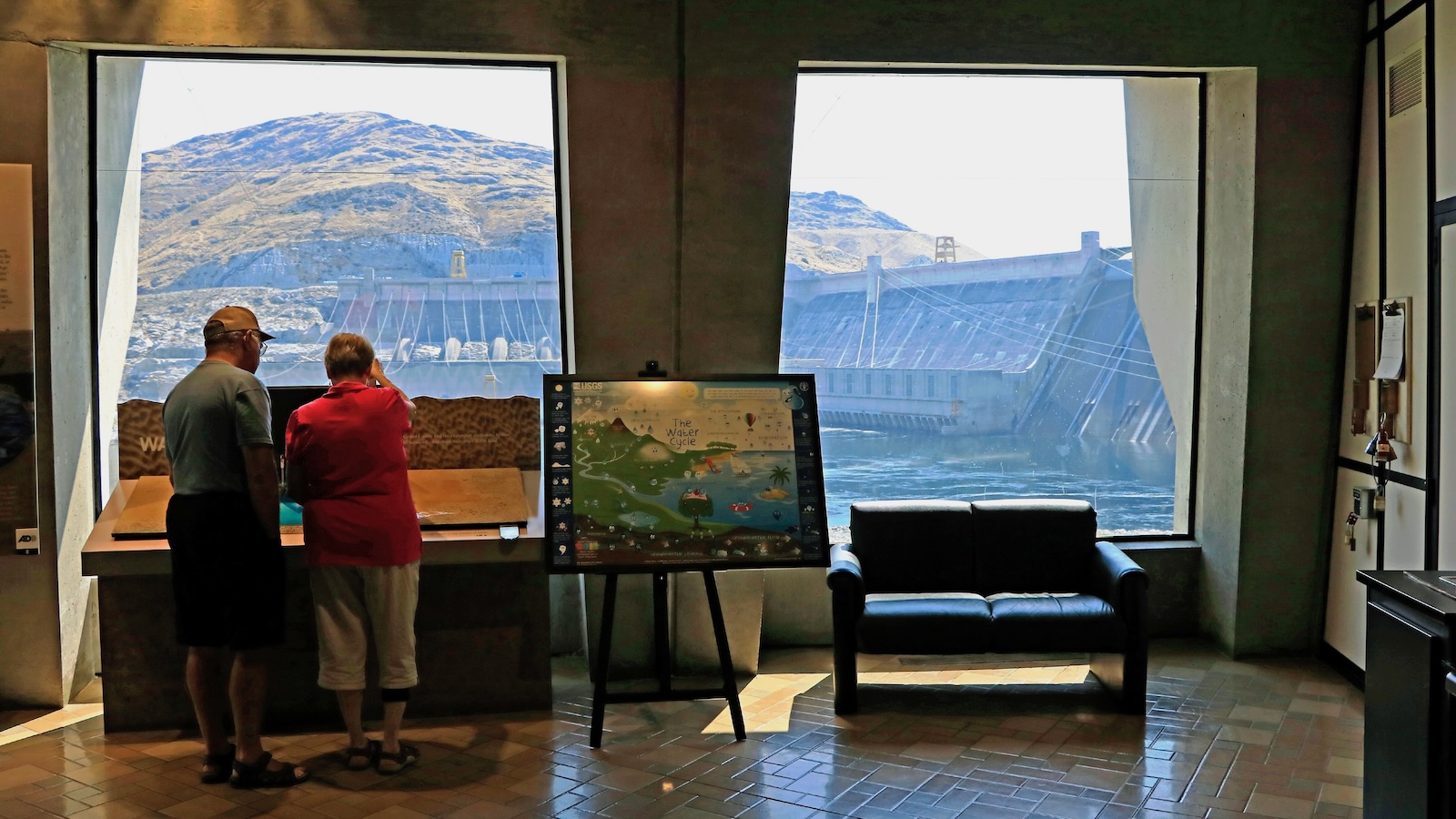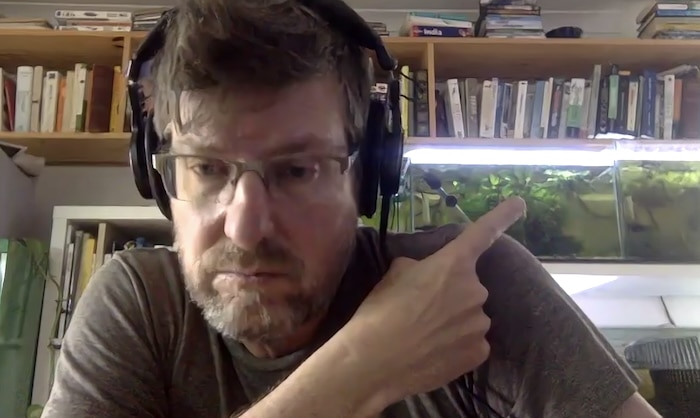In the summer of 2022, heavy rainfall damaged a water treatment plant in the city of Jackson, Mississippi, precipitating a high-profile public health crisis. The Republican Governor Tate Reeves declared a state of emergency, as thousands of residents were told to boil their water before drinking it. For some, the pressure in their taps was so low that they couldn’t flush their toilets and were forced to rely on bottled water for weeks.
Many of the city’s 150,000 residents were wary that their local government could get clean water running through their pipes again. State officials had a history of undermining efforts to repair Jackson’s beleaguered infrastructure, and the city council, for its part, didn’t have the money to make the fixes on its own. So when the federal government stepped in that fall, allocating funding and appointing an engineer to manage the city’s water system, there was reason to believe change may finally be near.
But as the months wore on, hope turned to frustration. The federally appointed engineer, Ted Henifin, began taking steps to run the city’s water system through a private company, despite Mayor Chokwe Lumumba’s objections. Advocates’ repeated requests for data and other information about Jackson’s drinking water went unanswered, according to a local activist, Makani Themba, and despite Henifin’s assurances before a federal judge that the water was safe to drink, brown liquid still poured out of some taps. Faced with these conditions, a group of advocates sent the Environmental Protection Agency a letter last July asking to be involved in the overhaul of the city’s water system.
“Jackson residents have weathered many storms, literally and figuratively, over the last several years,” they wrote in the letter. “We have a right and responsibility to be fully engaged in the redevelopment of our water and sewer system.” The letter was followed by an emergency petition to the EPA containing similar requests for transparency and involvement.
Earlier this month, a federal judge granted the advocates their request, making two community organizations, the Mississippi Poor People’s Campaign and the People’s Advocacy Group, parties to an EPA lawsuit against the city of Jackson for violating the Safe Drinking Water Act. A seat at the table of the legal proceedings, the advocates hope, will allow the city’s residents to have a say in rebuilding their infrastructure and also ward off privatization. The saga in Jackson reflects a wider problem affecting public utilities across the country, with cash-strapped local governments turning to corporations to make badly needed repairs to water treatment plants, distribution pipes, and storage systems, a course that often limits transparency and boxes locals out of the decision-making.
“This isn’t a uniquely Jackson problem,” said Brooke Floyd, co-director of the Jackson People’s Assembly at the People’s Advocacy Institute. “We need ways for all these cities that need infrastructure repairs to get clean water to their communities.”
The roots of Jackson’s water crisis lie in decades of disinvestment and neglect. Like many other midsize cities around the country, such as Pittsburgh and St. Louis, Jackson declined after white, middle-class residents relocated to the suburbs, taking tax dollars away from infrastructure in increasing need of repair. Between 1980 and 2020, Jackson’s population dropped by around 25 percent. Today, the city is more than 80 percent Black, up from 50 percent in the 1980s. A quarter of Jackson’s residents live below the poverty line, with most households earning less than $40,000 a year, compared with $49,000 for the state overall.
Over the decades, antagonism between the Republican state government and the Democratic and Black-led local government created additional obstacles to updating Jackson’s water and sewage infrastructure. A Title VI civil rights complaint that the NAACP filed with the EPA in September 2022 accused Governor Reeves and the state legislature of “systematically depriving Jackson the funds that it needs to operate and maintain its water facilities in a safe and reliable manner.” The biggest problem, the NAACP argued, was that the state had rejected the city’s proposal for a 1 percent sales tax to pay for infrastructure updates and by directing funds from the EPA’s Drinking Water State Revolving Loan Fund away from the capital city.
“Despite Jackson’s status as the most populous city in Mississippi, state agencies awarded federal funds” from the EPA program three times in the past 25 years, the complaint read. “Meanwhile, the state has funneled funds to majority-white areas in Mississippi despite their less acute needs.”
In the absence of adequate resources from the state and local government, Jacksonians have learned to fend for themselves, Floyd told Grist. At the height of the water crisis in 2022, federal dollars helped fund the distribution of bottled water to thousands of residents, but when the money dried up, people organized to secure drinking water for households still reckoning with smelly, off-color fluid running from their taps. When Henifin began posting boil-water notices on a smartphone app that some found hard to use, one resident set up a separate community text service. Floyd said that for some residents, these problems are still ongoing today.
“There’s this sense of, we have to provide for each other because no one is coming,” Floyd said. “We know that the state is not going to help us.”
Henifin has told a federal judge that he’s made a number of moves to improve Jackson’s water quality. The private company that he set up, JXN Water, has hired contractors to update the main water plant’s corrosion control and conducted testing for lead and bacteria like E. coli. But residents and advocates point out that while the water coming out of the system might be clean, the city hosts more than 150 miles of decrepit pipes that can leach toxic chemicals into the water supply. Advocates want the city to replace them and conduct testing in neighborhoods instead of just near the treatment facility, changes that the city has federal money to make. In December 2022, the federal government allocated $600 million to Jackson for repairs to its water system.
But the worry is that this money will be spent on other things. Henifin is the one who handles the federal funds. By court order, he has the authority to enter into contracts, make payments, and change the rates and fees charged to consumers.
Themba, the local activist, said that Henifin has not responded to residents’ demands for additional testing and access to monitoring data that already exists. Because JXN Water is a private company, it’s not subject to public disclosure laws requiring this information to be shared with the public. (Henifin did not respond to Grist’s requests for comment.)
Themba points to Pittsburgh as an example of a place where residents fought privatization of their water system and secured a more democratic public utility. In 2012, faced with a lack of state and federal funding, the city turned over its water system to Veolia, an international waste- and water-management giant based in France. Over the following years, the publicly traded company elected for cost-cutting measures that caused lead to enter the water supply of tens of thousands of residents. A local campaign ensued, and advocates eventually won a commitment from the city government to return the water system to city control and give the public a voice in the system’s management.
“What we’ve learned from all over the country is that privatization doesn’t work for the community,” Themba said. “We want what works.”
The court order that designated Henifin as Jackson’s water manager in 2022 does not outline what will happen once his four-year contract expires in 2026. Last month, the Mississippi Senate passed a bill that would put Jackson’s water in the hands of the state after Henifin steps down, a move that the manager recently said he supports and that Jackson’s mayor strongly opposes. That bill soon failed in the House without a vote. Now that they are part of the lawsuit, advocates hope they’ll have a chance to influence the outcome, before it’s too late.
“Jackson residents have felt left out of the equation for so long,” Floyd said. “If we lose this, that’s a big deal.”
This story was originally published by Grist with the headline A water crisis in Mississippi turns into a fight against privatization on Apr 26, 2024.






